|
Spring is really springing around my neck of the woods! It is so encouraging to hear so much birdsong, and to have the sun shining through. Each day I am walking and writing, walking and writing - my 2-pronged approach to this in-between time. Below are some ideas around expressing gratitude (a wonderful well-being and positivity-encouraging thing to do at any time!) and journalling. Routine: expressing gratitudeIn our forest school groups, this takes many forms, but we try to do this regularly. It demonstrates a reciprocal relationship with the land and with each other. Here are some examples:
How do you express gratitude at home? Try one or more of these ideas this week:
It's not surprising that an attitude of gratitude is mind-changing, and life-changing too. What we focus on matters! I notice, with my own children, that it's very easy to come up with a laundry list of the bad feelings or moments - these are potent too! For myself, ending the day on a "good note" helps with sleep and with my attitude the next morning. Create: a nature journal Journals can take many forms. In our programs, we have made some from recycled paper, and we have bought some too. Personally, I prefer blank pages - unlined. More possibilities! Here are some possible prompts, but follow your nose! And eyes and ears and heart.
Outside this weekSome of Josh Shea's ideas of what to look for this week include:
In closing, I encourage you to use the outside world as medicine as much as possible as a family. Follow the interests of your children - it's amazing to hear the questions that rise when you allow them to lead their learning.
We are aware that Huron Natural Area is overrun with people right now, making it an unsafe place to be, so please try to find other areas to walk/explore. Thank you!
0 Comments
Your comment will be posted after it is approved.
Leave a Reply. |
Read on...Hammers, Huge Swings, and the Freedom to Play Archives
April 2020
|
We are honoured to walk, learn, and play on the traditional territories of the Haudenosaunee, Anishinaabeg, and Chonnonton Nations, treaty lands of the Haudenosaunee. Grateful for the ongoing care, stewardship, and teachings from Indigenous Peoples that help us walk gently on this earth. We are committed to the ongoing process of decolonization through partnering with local Indigenous educators in our facilitation, learning about the past and about good ways to move forward together, respecting the land as our First Teacher.
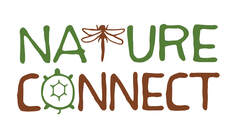
Join our email update list
© Nature Connect 2024
© Nature Connect 2024

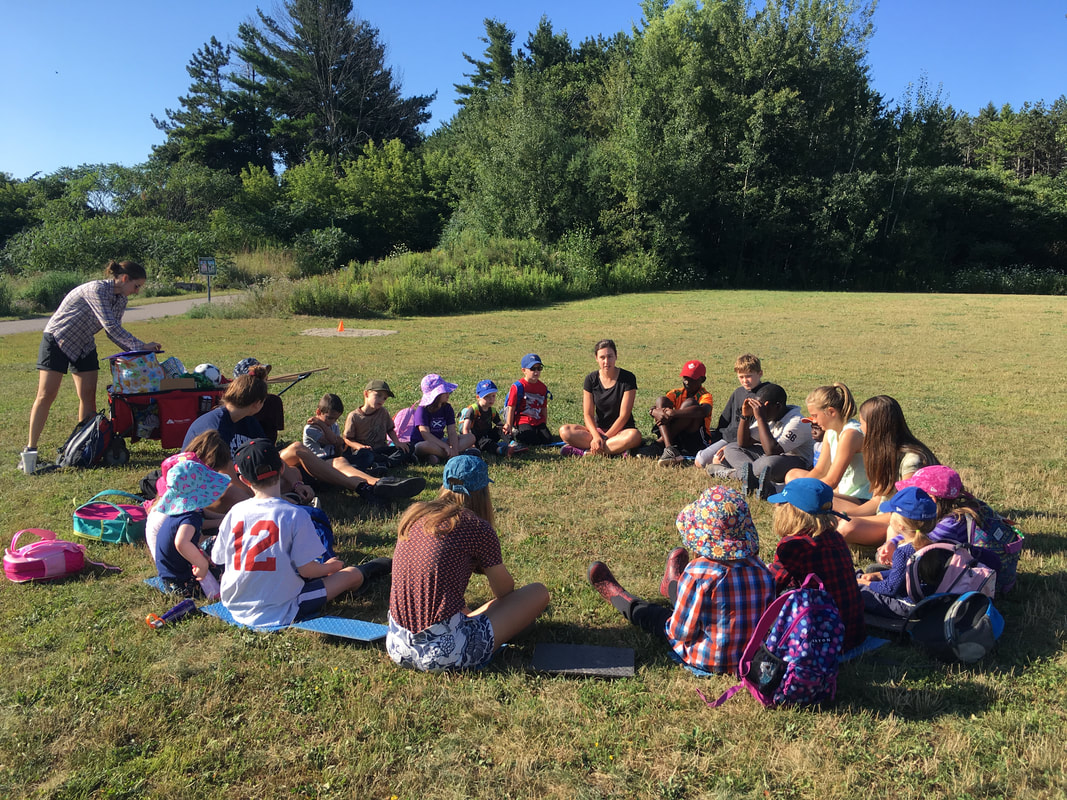
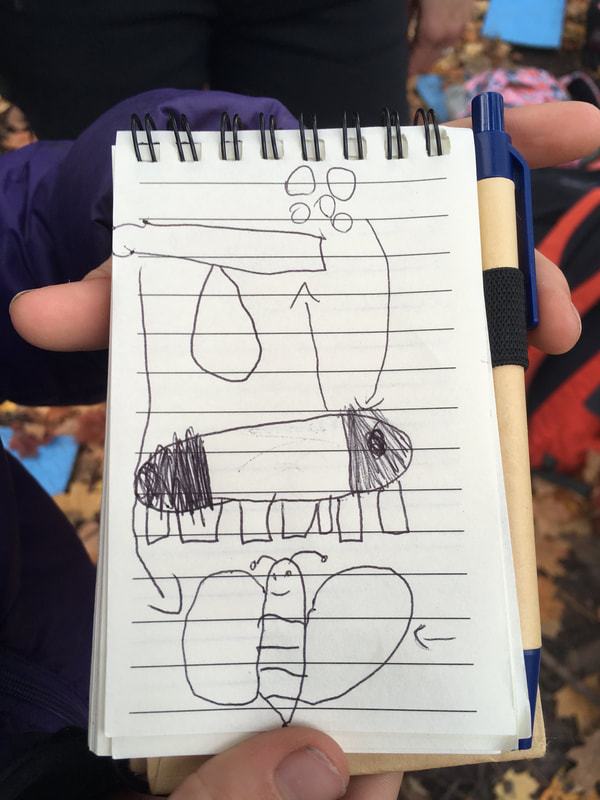
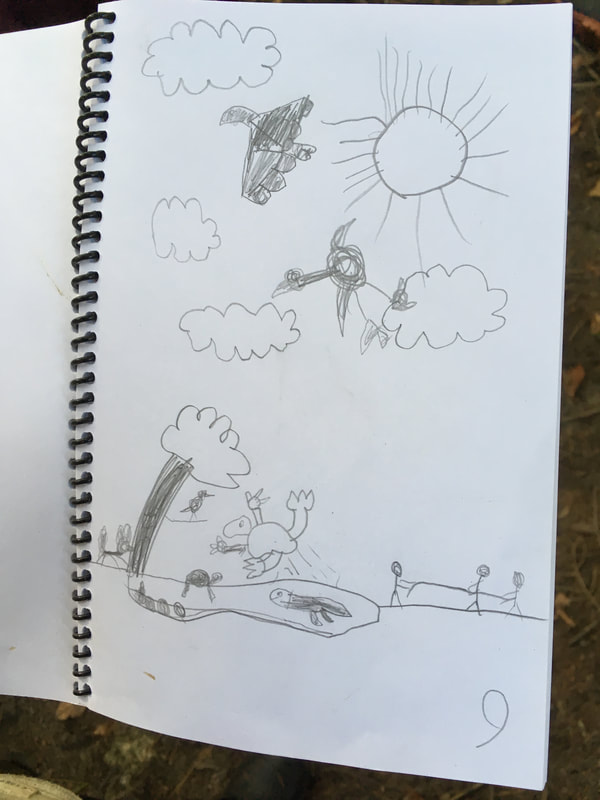
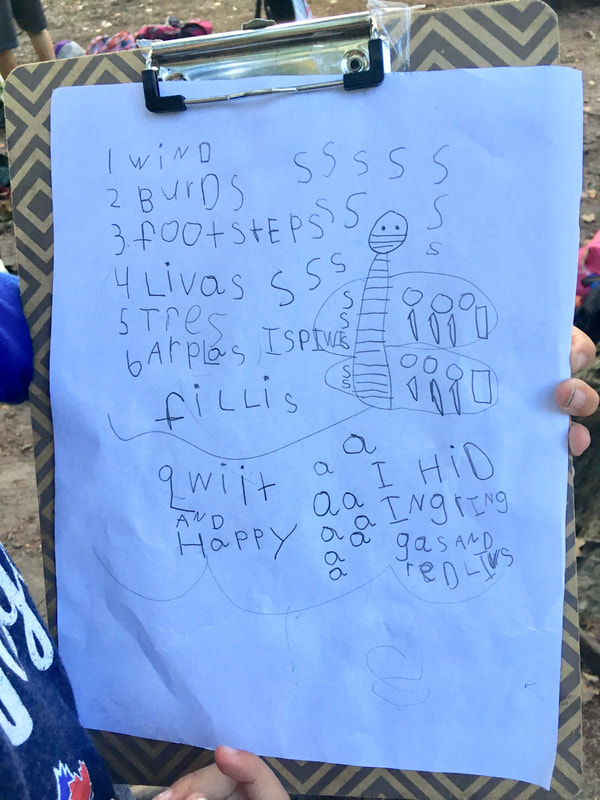
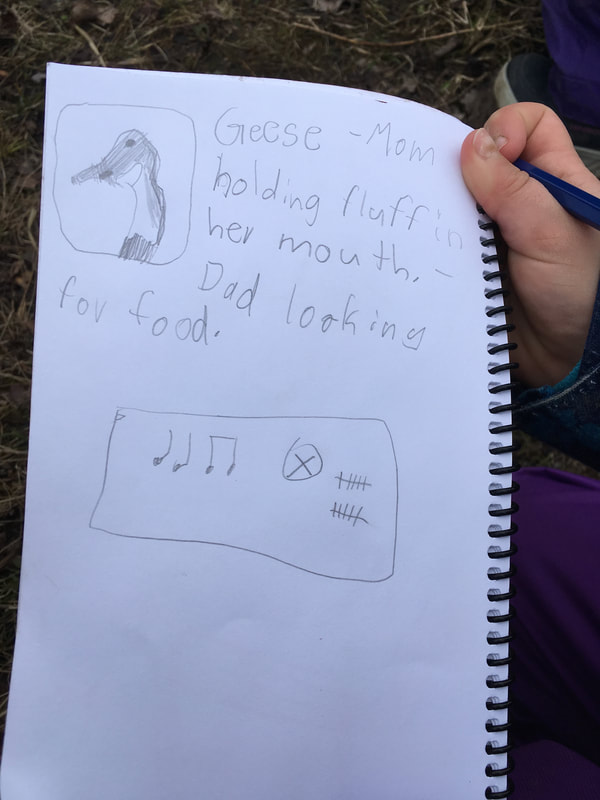
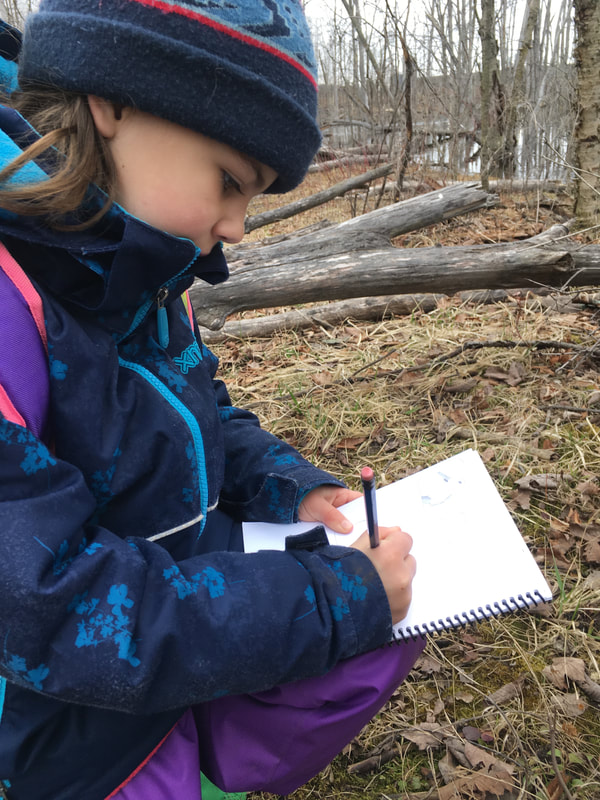
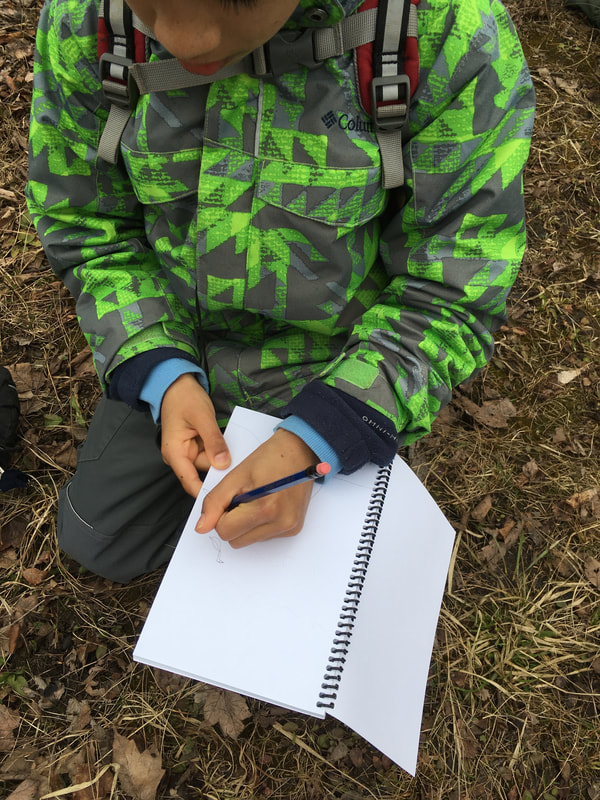
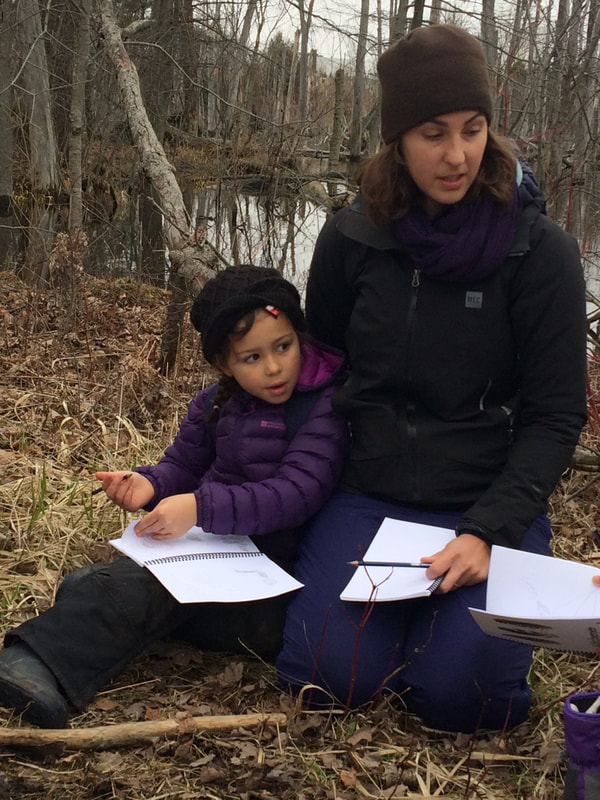
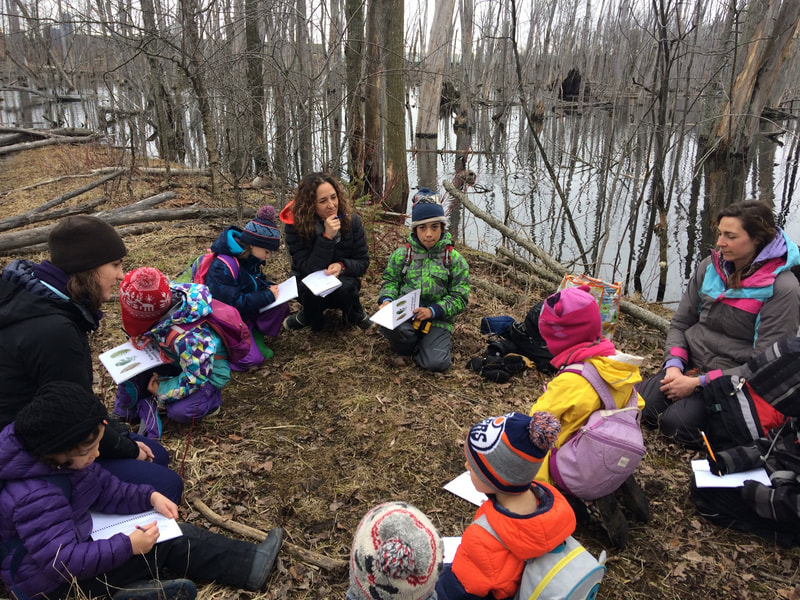
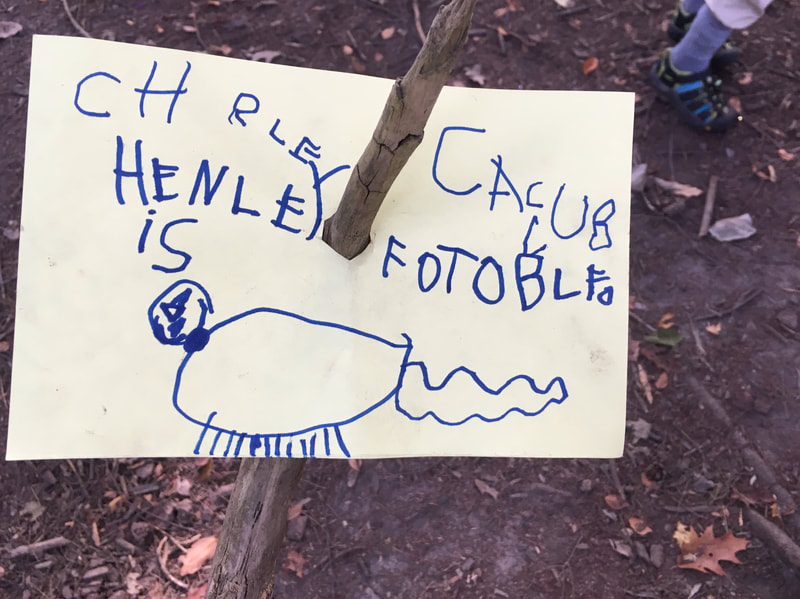
 RSS Feed
RSS Feed